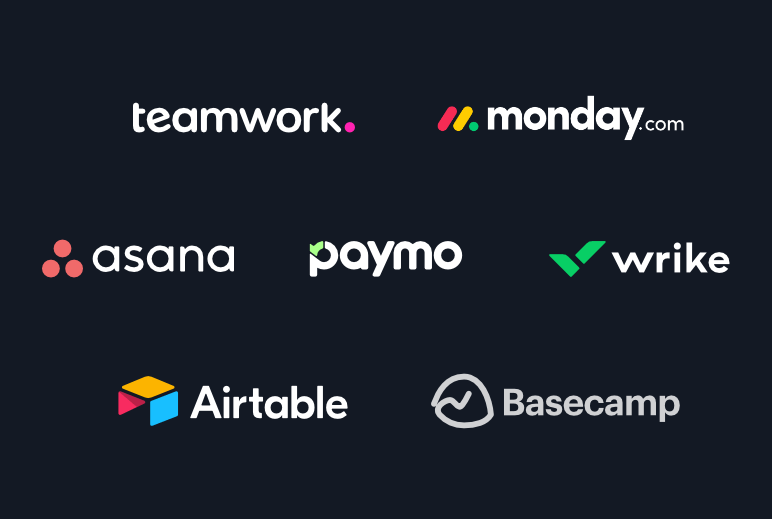Project managers and product managers both use Gantt charts to plan and track projects. These are part of a wider framework pertaining to the methodology of project. However, their approaches may differ as they focus on different outcomes. Product managers focus on product development and releases, versus project managers, who focus on coordinating, managing, and overseeing projects. Read this article on product manager vs. project manager roles for examples and beginner tips.
A Gantt Chart is simple to read and understand, but it can’t be done without understanding task dependencies. These are basically logical relationships between tasks or activities. There are four types of dependencies, and in this article, we’ll discuss them in detail.
The dependent tasks are predecessor and successor. The predecessor task determines the start or finish date of its successor task. When you create the “dependency line” between 2 tasks, you always start with the predecessor.
Note: If you’re a project manager looking for the best tools for timekeeping or just a way to track hours, check out these top time tracking software. It also works great if you’re a small business owner or if you’re looking for the best time-tracking solution for lawyers, accountants, and consultants. Also, if you want a simple task list tool for personal use or professional use, read this article about the best task management programs.
Finish to start (FS)
This dependency is the default one, because is the most common you’re going to use in your projects. In this scenario, the predecessor task must finish before the successor can start (but it might start at a later date).
Let’s assume you’re a design agency and you’ve received a job to build a website. You can’t start creating the plan (successor) before you finish the meeting with the client (predecessor). You can start working on your plan after you’ve met with the client and learned all the details about the project. It’s not necessarily to start working on the plan right away, but the predecessor task has to be completed first.

Finish to finish (FF)
In this case, a task cannot end before the predecessor ends (but it might end later). Let’s see an example of this type of dependency in our design project. At some point, the designer will start working on each page of the website and create PSD files. These files are sent to the front-end developer, who has to create these pages and implement the design. The developer’s job cannot finish before the designer has finished creating the design for all pages (so it cannot finish before the 23rd).

Start your free Paymo trial to test out the Gantt Chart feature on your own projects.
Start to start (SS)
The “Start to Start” dependency says that a task cannot start before the predecessor starts (but it might start later). Now let’s see how this can be applied to our project. In order for the designer to start working on how each page will look, he needs wireframes of those pages, which means that he can’t start working on the design before the job of creating the wireframes has started.

Start to finish (SF)
One peculiar dependency, which is rarely used, is “start to finish.” In this case, the predecessor must start before the successor can finish. For our project, an extreme example would be the situation where you’re looking to hire a full-time designer for your agency, which you didn’t find yet, but because you can’t afford to delay the project, you temporarily hire a freelance designer to perform the job, which means he can’t leave before the full-time designer comes. As already mentioned, you shouldn’t worry if this seems confusing because you won’t meet with this type of dependency very often.

As a rule of thumb, a good practice is to stick with the common FS dependency, or else you run into the risk of creating a very confusing plan (chart).
If you found this article useful, please spread the knowledge and share it with your teammates and followers.
First published on January 9, 2020.

Laurențiu Bancu
Author
Laurențiu started his marketing journey over 18 years ago and now leads a marketing team. He has extensive experience in work and project management, and content strategy. When not working, he’s probably playing board games or binge-watching mini-series.


